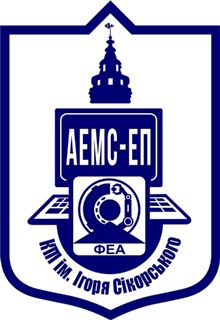Control Strategies for Three-Phase Three-Wire Shunt Active Filter in the Reference Frame of Two-Wattmeter Method
Control Strategies for Three-Phase Three-Wire Shunt Active Filter in the Reference Frame of Two-Wattmeter Method
Artemenko M.Yu., Kutafin Yu.V., Mykhalskyi V.M., Chopyk V.V., Shapoval I.A., Polishchuk S.Y.
In this paper, the active filtering theory of the three-phase power supply system was further improved by developing three new control strategies for three-wire shunt active filter (SAF) in the two-wattmeter method reference frame. The first of these forms a two-coordinate compensation current in the form of the difference between the instantaneous values of the load current and the active current, determined on the basis of modified instantaneous power theory. The second strategy directly operates with instantaneous inactive current, expressed in the two-wattmeter method reference frame. And finally, in the third strategy, the current of the load instantaneous active power ripple is added to the mentioned inactive current. The two-coordinate compensation currents of all three strategies can be formed by a two-phase three-wire SAF based on a two-phase transistor half-bridge inverter with a control system. Proposed control strategies differ from the known by increased accuracy and speed due to eliminating the dual matrix coordinate transformation, as well as by increased efficiency due to reducing the number of transistor regulators and inductors and exclusion of the resistive system of artificial ground. The results of the computer experiment confirm the adequacy of the proposed new control strategies










